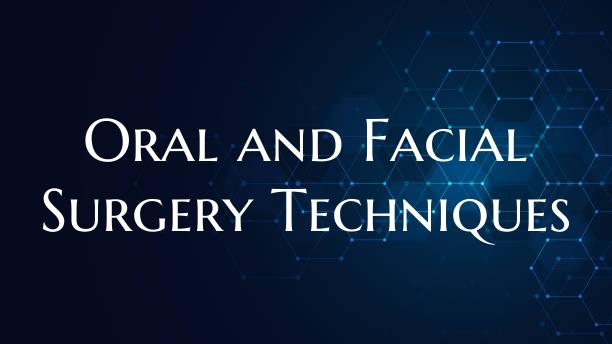
Oral and Facial Surgery Techniques
Oral and Facial Surgery Techniques
Oral and facial surgery techniques encompass a range of procedures aimed at improving both the functionality and aesthetics of the mouth and face. These techniques are performed by skilled oral and maxillofacial surgeons who possess specialized training in treating conditions related to the mouth, jaw, and facial structures. From addressing dental issues to correcting facial deformities, oral and facial surgery techniques have significantly evolved, offering patients effective solutions for various complex problems.
Some common oral surgery techniques include tooth extraction, dental implants, jaw surgery (orthognathic surgery), and tissue grafting. Tooth extraction may be necessary for impacted or severely damaged teeth that cannot be salvaged through other dental procedures. Dental implants are advanced surgical techniques used to replace missing teeth with artificial ones that function and look like natural teeth. Jaw surgery, or orthognathic surgery, is performed to correct misalignments of the jaws, which can improve a patient's bite and facial appearance. Tissue grafting involves the transfer of tissue from one part of the body to another to restore gum tissue or bone loss in the mouth.
Facial surgery techniques focus on enhancing the appearance of the face through procedures such as facelifts, rhinoplasty (nose surgery), blepharoplasty (eyelid surgery), and otoplasty (ear surgery). Facelifts are performed to tighten and lift sagging facial tissues, providing a more youthful and rejuvenated appearance. Rhinoplasty is a procedure that reshapes the nose to improve its function and aesthetics. Blepharoplasty addresses sagging or puffy eyelids to give a fresher and more alert look. Otoplasty is used to correct prominent or misshapen ears, creating a more balanced facial profile.
Advancements in technology and surgical techniques have made oral and facial surgery procedures safer, more precise, and with reduced downtime for patients. Utilizing techniques such as minimally invasive surgery, laser surgery, and computer-assisted navigation, surgeons can achieve better outcomes with fewer complications. Patient comfort and satisfaction are prioritized through the use of anesthesia options and post-operative care protocols tailored to individual needs.
In conclusion, oral and facial surgery techniques play a crucial role in restoring both function and aesthetics to the mouth and face. Whether addressing dental issues or enhancing facial features, these procedures have the potential to positively impact patients' quality of life. By staying abreast of the latest advancements and techniques in oral and facial surgery, surgeons can continue to offer innovative solutions to meet the diverse needs of their patients.